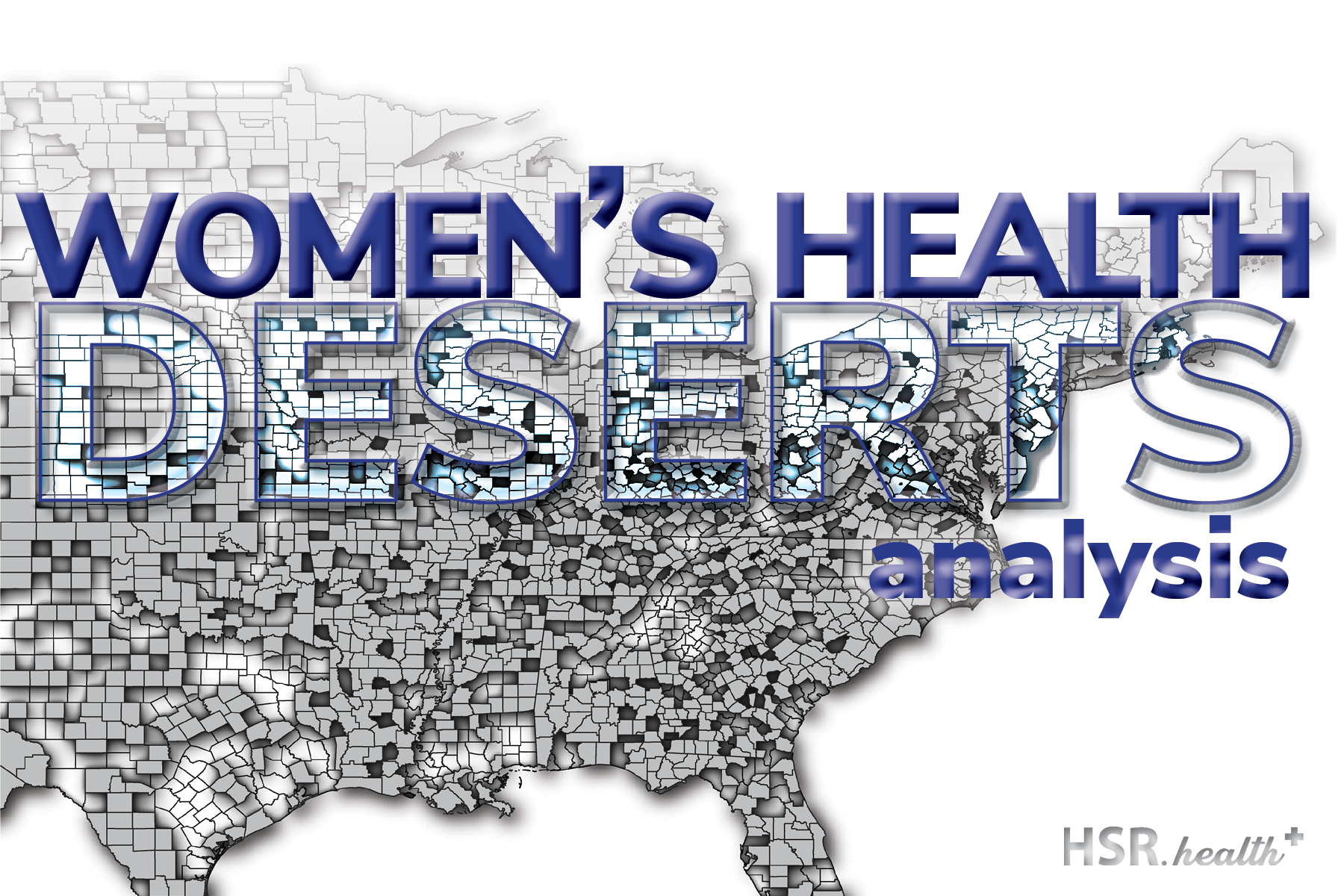Overview
Women comprise 50.8% of the U.S. population and have specialized biological and psychosocial attributes that necessitate specialized care. Women’s health is comprised of three main dimensions:
- Primary Gynecological Care: this refers to the care provided by primary care physicians and gynecologists and concentrates on the health and function of biological structures and processes unique to women.
- Obstetric and Maternal Care: this refers to the care provided to pregnant women during the prenatal period, gestation, and immediately after birth.
- Family Planning and Fertility Control Care: this refers to care provided to women as it pertains to their ongoing control of their fertility, contraception, and family planning.
These three main dimensions capture the specialized portion of women’s healthcare in our nation and all three contain a dimension of inequity and uneven distribution in this country. Given their major proportion in our demographics, it's clear to see that unmet healthcare needs of women will affect our nation as a whole. Other care deserts, such as primary care deserts and pharmacy care deserts, impact women’s health as well, considering their widespread effect on morbidity and mortality for all genders.

US County Women's Health Distance to Care
Explore the average distance to the nearest Women's Health Clinic by county across the US along with the distribution of Women's Health CLinic locations through our public dashboard!
Explore Women's Health Care Deserts Across the US!
Women's Health Care Desert Story Map
Given their major proportion in our demographics, it's clear to see that unmet healthcare needs of women will affect our nation as a whole. Access to care, seeking care, and outcomes are a byproduct of economic inequality, and more specifically, poverty. Seeking adequate care is a challenge for low-income women due to the high cost of care. Women’s health care in the United States currently contains both inequities and disparities in resource allocation and access. Explore the locations of Women's Health Clinics across the US.
View our Women's Health Care Desert Story! (Coming Soon)Women’s Health Access: Effects of These Disparities and the Future
The effects of these structural and socio-economic inequities and disparities on women’s health care is not hard to surmise. Uneven distribution of resources has a discernible and deleterious effect on:
- Cancer screening
- HPV vaccination
- Prenatal Care
- Neonatal Mortality and Morbidity
- Maternal Mortality and Morbidity
- Access to contraception
- Access to abortion services
Inadequate access to women’s health care could lead to undiagnosed conditions and therefore the exacerbation of chronic health issues, reducing their ability to work and lead a normal life. This also means spending more on care for late-stage illnesses that were identified later in life due to delayed/inadequate access to screening. These issues will be further compounded by a shrinking workforce, as the ACOG forecasts a mismatch in services needed and the ability to provide these services, as over a third of all practicing OB/GYNs are over the age of 55 and thus nearing retirement. Recent political developments have also cast their shadow over this issue, as a recent Supreme Court leak shows that federal guarantees for abortions in the first trimester, as codified by Roe v Wade (1973) may be coming to an end. The effects of this ruling in an already fragile and unequal landscape of healthcare access to women remains to be seen.
Please see our White Paper for additional information about this analysis.
Data Availability
The dataset is available in multiple formats, partially including:
- CSV
- Geo-JSON
- GeoParquet
- or other user-specified formats.